1. Built-In Entertainment Centers
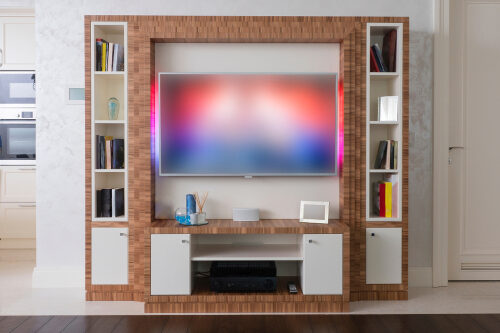
Massive built-ins made sense when everyone had bulky tube TVs and DVDs to store. They were considered a smart use of wall space and even added a touch of luxury. But now, with flat screens and streaming services, those units just look clunky and outdated. Removing them is often expensive, especially when they’re custom-built or load-bearing.
Today’s homeowners want flexibility for wall-mounted screens and minimalist décor. These old built-ins can box in a room, both visually and literally. Buyers might see a dated entertainment center and immediately add “demo work” to their mental checklist. What was once a clever feature is now just visual clutter.
2. Sunken Living Rooms
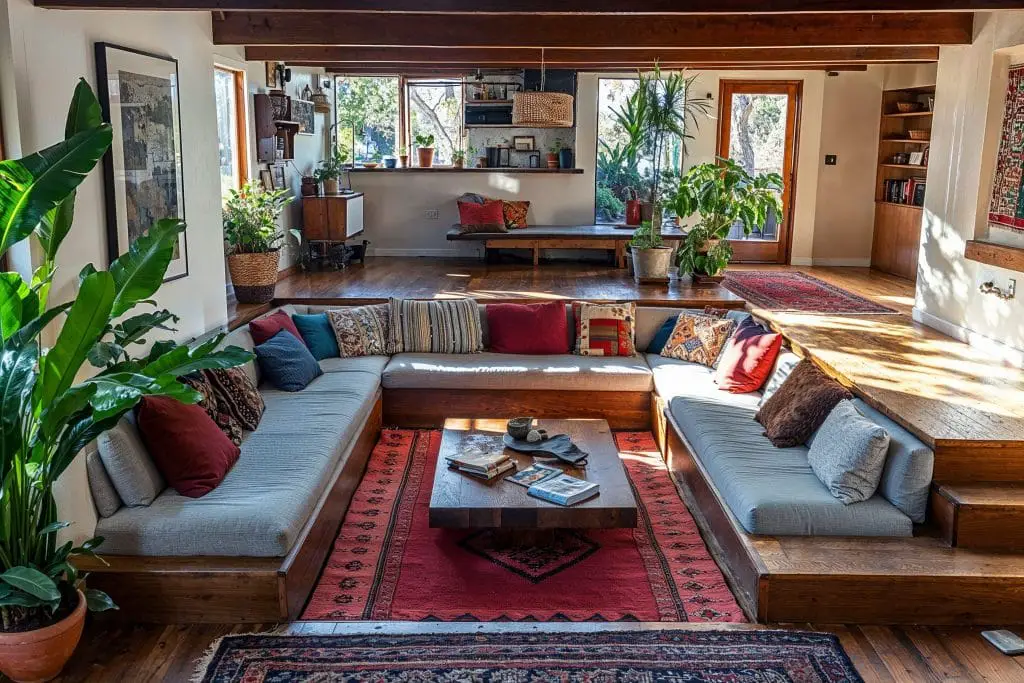
Once the epitome of 1970s cool, sunken living rooms created cozy conversation pits that felt luxurious and modern. But now, those steps down can be a tripping hazard and make open floor plans harder to achieve. Homebuyers often see them as dated and inconvenient for furniture layouts. Renovating them back to level can be costly, so many sellers struggle to convince buyers to look past the quirk.
Today’s buyers prefer seamless transitions between spaces, especially in smaller homes where every inch counts. A sunken floor also complicates accessibility, which is increasingly important for multigenerational households. What once felt architecturally dramatic now feels impractical. In real estate listings, “conversation pit” doesn’t quite charm like it used to.
3. Whirlpool Tubs
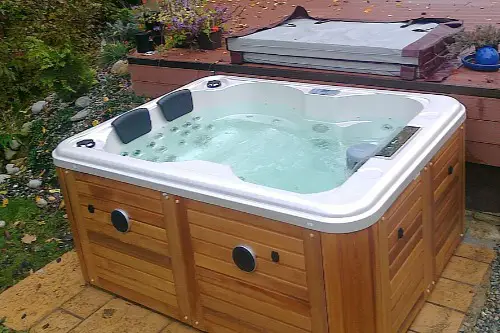
In the ’90s, a big jetted tub was the ultimate bathroom luxury. But modern homeowners have realized they’re noisy, hard to clean, and rarely used. Many jets collect bacteria and require regular maintenance that most people skip. Potential buyers now see them as a burden rather than a benefit.
Homeowners are opting for walk-in showers or deep soaking tubs instead. Those features feel spa-like without the upkeep. Plus, whirlpool tubs take up valuable bathroom real estate that could be used for double vanities or storage. In most cases, they’re just an outdated status symbol.
4. Elaborate Built-In Fish Tanks
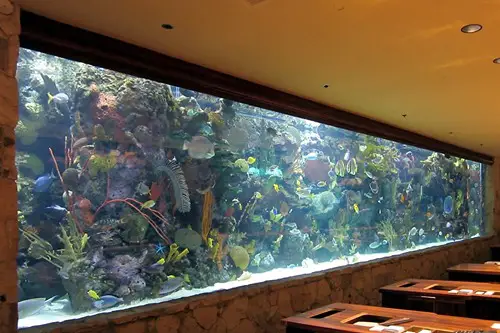
A built-in aquarium once screamed sophistication—part décor, part conversation starter. But unless the buyer happens to love fish, it’s just an expensive, high-maintenance hole in the wall. These tanks require constant upkeep, specialized lighting, and costly repairs. Many even damage the surrounding cabinetry or drywall from humidity.
Today’s buyers want low-maintenance living, not a 24/7 underwater ecosystem. Most real estate agents say they narrow the buyer pool (no pun intended). Even empty, they leave awkward recesses that need patching or creative repurposing. They’re now more of a liability than a selling point.
5. Indoor Hot Tubs
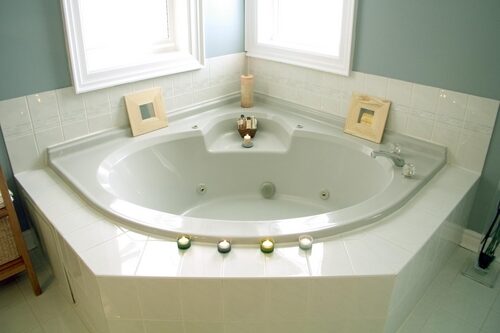
Once considered the height of indulgence, indoor hot tubs have fallen way out of favor. They’re notorious for causing humidity issues, mold, and warped floors over time. Even when functional, they look out of place and overly personal. Buyers usually see them as an instant “tear it out” project.
With outdoor spas offering better ventilation and easier cleaning, indoor versions just don’t make sense anymore. They also eat into valuable living space that could be used for a home office or fitness area. Maintenance costs alone scare off potential buyers. What was once a symbol of relaxation now signals “high repair bills ahead.”
6. Wall-to-Wall Carpeting
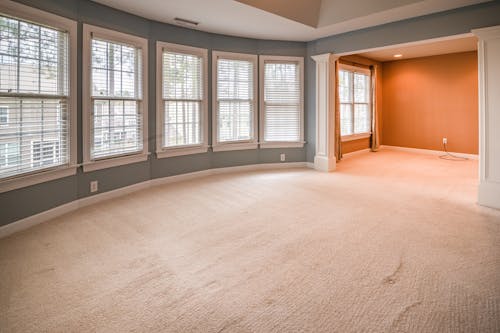
There was a time when thick carpet meant warmth, comfort, and even luxury. But now, buyers associate it with allergens, stains, and outdated style. Hardwood or luxury vinyl flooring has become the new gold standard for resale value. Even newer carpet often feels like a downgrade.
Replacing carpeting throughout a home can be pricey, so many sellers hope buyers will overlook it. Unfortunately, most can’t. Especially in high-traffic or pet-heavy homes, carpeting is a red flag for hidden grime. The soft feel underfoot just doesn’t outweigh the maintenance headache anymore.
7. Themed Kids’ Rooms
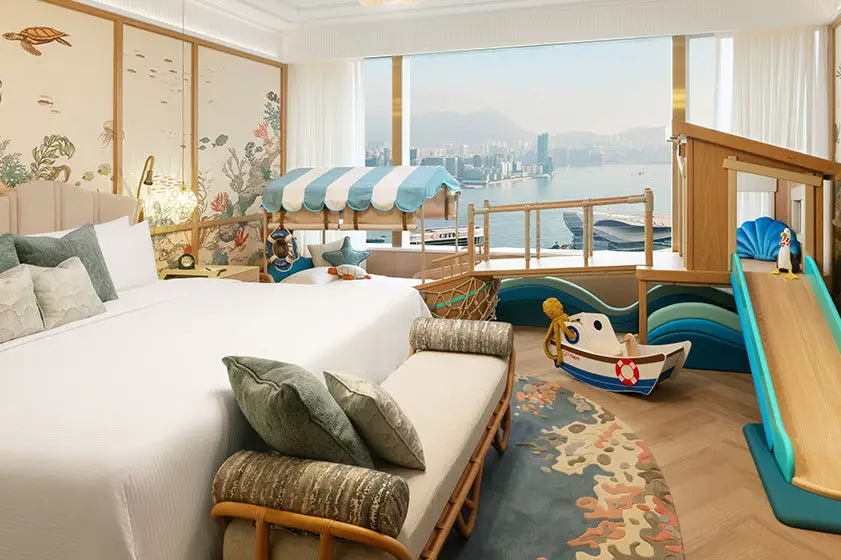
A pirate ship bed or castle mural used to make a child’s room magical. Parents spared no expense on built-ins, slides, and custom paintwork. But when it’s time to sell, those same features narrow the appeal to a very small audience. Most buyers see “extra work” rather than “extra charm.”
Neutral spaces help buyers envision their own lives in a home. A hyper-specific kids’ room forces them to imagine renovation costs instead. Even well-done themes date quickly as design trends change. It’s a reminder that personalization doesn’t always pay off at resale.
8. Garage Conversions
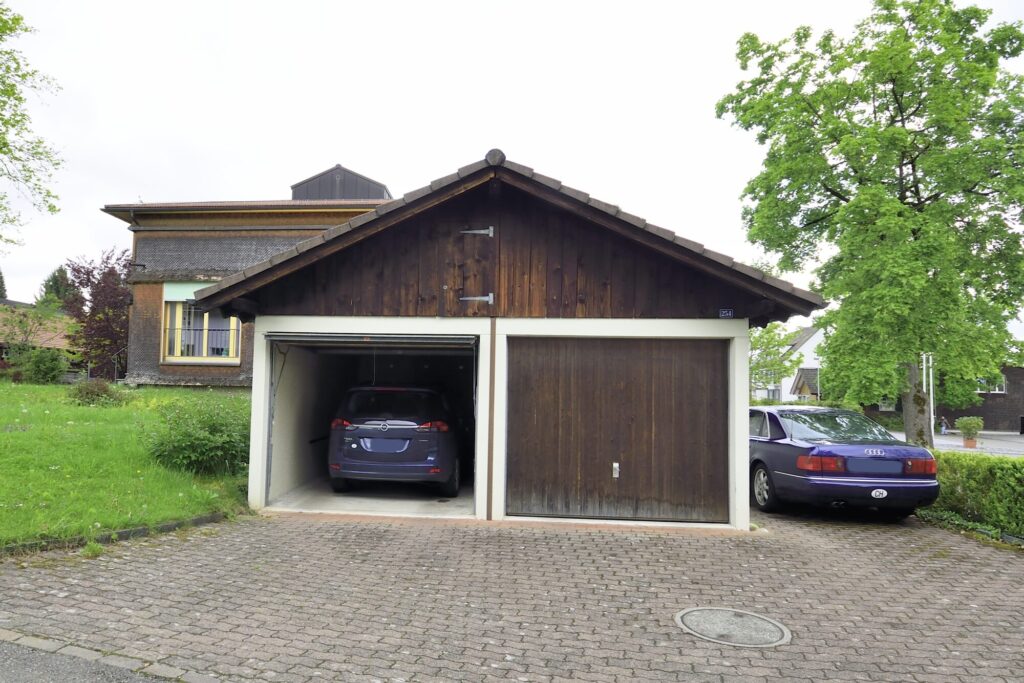
Turning a garage into living space once seemed like a clever way to add square footage. But buyers often prefer an actual garage—especially in colder climates or suburbs where parking and storage matter. These conversions can also create odd floor plans or temperature-control issues. Appraisers frequently give them less value than permitted additions.
Unless done with professional-grade insulation, electrical, and HVAC, they often feel like makeshift spaces. That “bonus room” might not meet code, making it harder to finance. And when buyers realize they’ll have to rebuild a garage, negotiations get tricky. It’s a classic case of short-term gain, long-term loss.
9. Intercom Systems
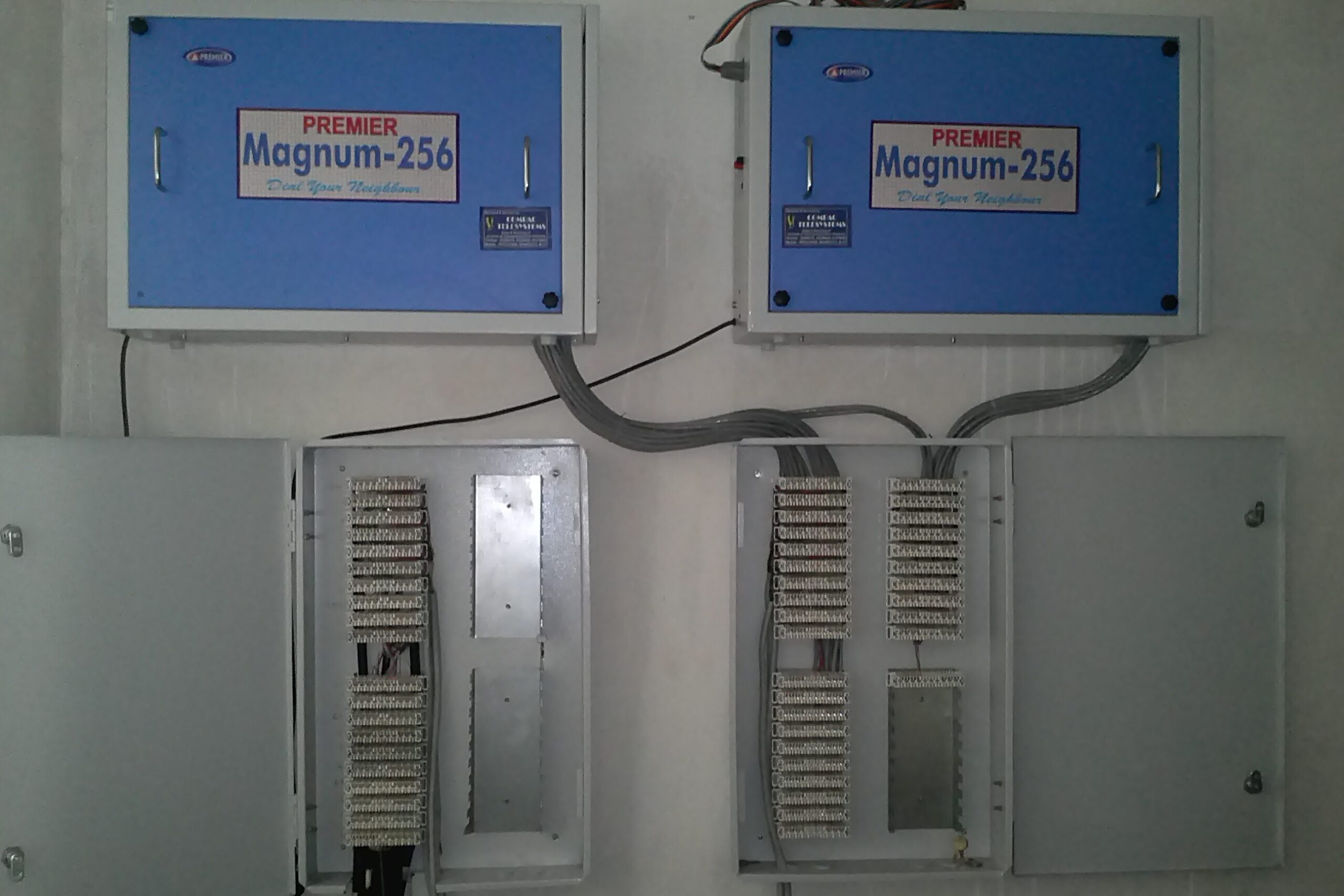
In the ’80s and ’90s, in-wall intercoms were cutting-edge home tech. You could buzz the kitchen from the upstairs bedroom—futuristic stuff! But now, smart speakers and phones make those systems obsolete. Many no longer work and just leave plastic wall plates everywhere.
Buyers see them as clutter or outdated tech infrastructure. Removing them means patching and painting multiple walls. And unlike vintage charm, they don’t offer nostalgic value—just old wiring. They’re relics of a pre-Wi-Fi world that’s best left behind.
10. Indoor Fountains
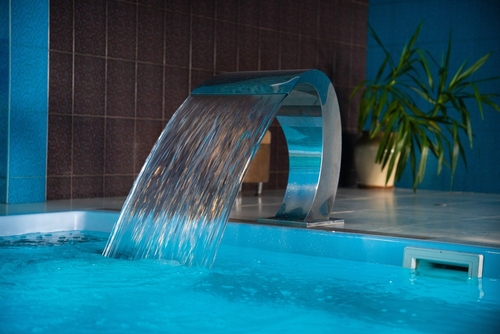
A bubbling fountain in the foyer once felt luxurious and spa-like. But over time, they’ve proven to be noisy, leaky, and hard to clean. Mineral buildup and water damage are common issues, especially with older models. Buyers today value quiet, streamlined interiors over constant trickling sounds.
Many see indoor fountains as a dated design statement from the early 2000s. They also raise red flags for hidden moisture or electrical hazards. Even when stylishly integrated, most prefer to remove them for practicality. It’s a “zen” feature that’s lost its calm in the real estate market.
11. Outdoor Kitchens
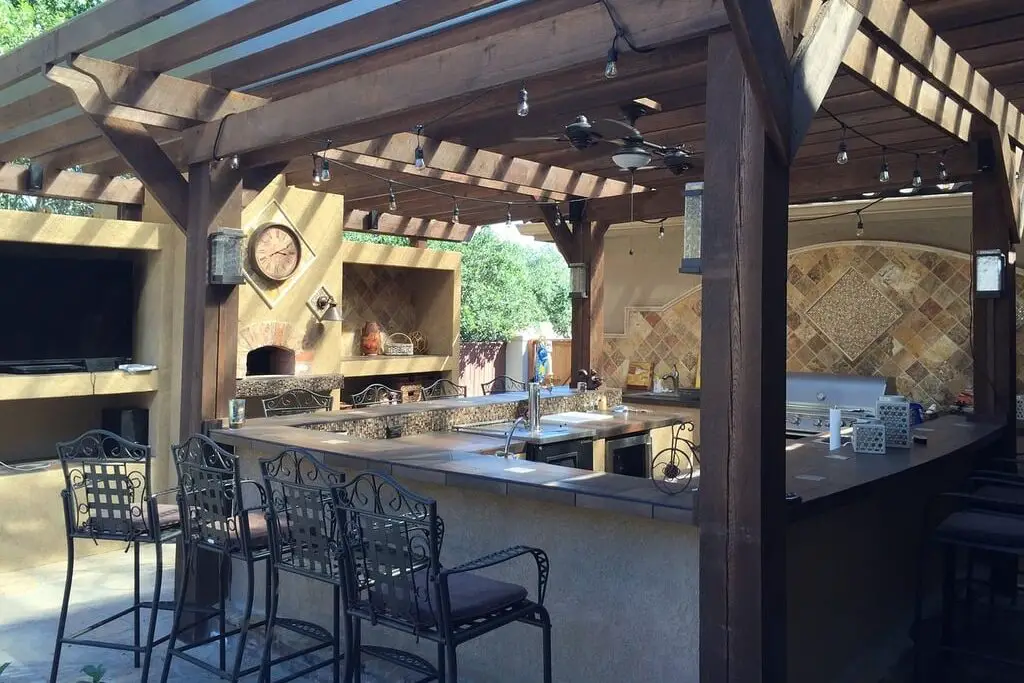
The outdoor kitchen boom hit hard in the 2010s, especially in warm climates. But many homeowners found they used them far less than expected. Maintenance, weather exposure, and pests often turn these setups into money pits. Buyers in colder regions see them as wasted space.
An outdoor kitchen can still add value in the right climate, but most buyers don’t want to inherit upkeep. Appliances wear out quickly, and plumbing lines can freeze. Unless perfectly designed, they rarely justify their installation cost. What was meant to be an entertainer’s dream often becomes a repair nightmare.
12. Built-In Desks and Computer Nooks
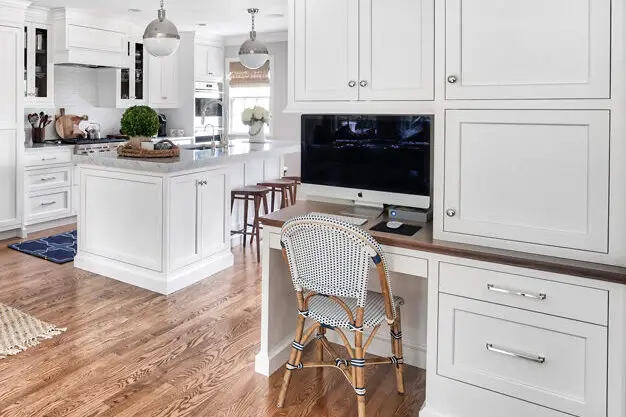
Once perfect for homework or home offices, these built-in desks now feel cramped. Modern buyers prefer flexible, open layouts that can fit their own furniture. With laptops and mobile setups, fixed workstations seem outdated. They often sit awkwardly in hallways or kitchen corners, eating up valuable space.
They also clash with today’s design preference for clean lines and multifunctional rooms. Even during the remote work boom, few wanted a small corner desk built into the wall. Buyers would rather customize their office setup. These once-practical features now read as design leftovers.
13. Home Theaters
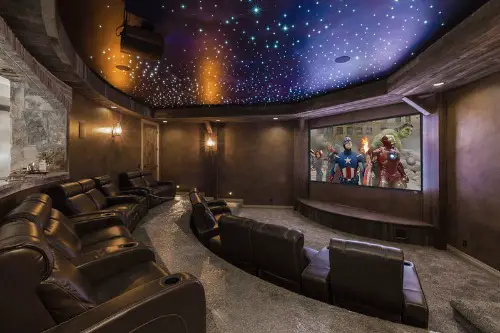
In the early 2000s, a private home theater was a wow-factor feature. Big recliners, surround sound, and blackout walls screamed “luxury.” But streaming devices and multipurpose media rooms have made them feel unnecessary. Dedicated theater spaces often limit a home’s flexibility.
Buyers today prefer family rooms or finished basements that can adapt to different uses. A dark, enclosed theater space is tough to repurpose without major renovation. Even expensive setups rarely hold resale value. What was once a brag-worthy addition now feels like a very specific indulgence.
This post 13 Once-Genius Home Additions That Now Complicate Every Sale was first published on Greenhouse Black.
